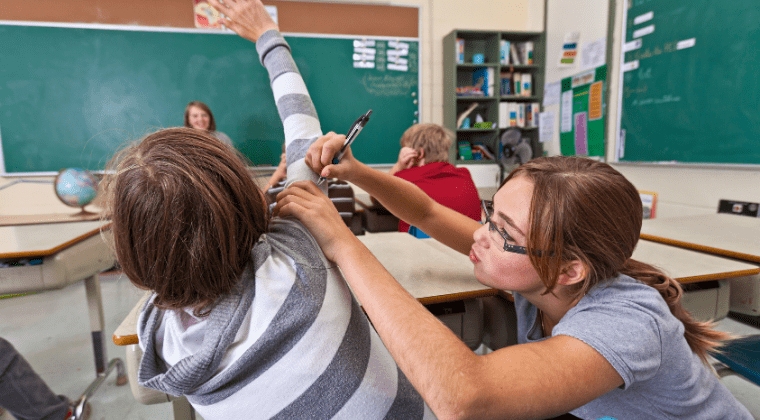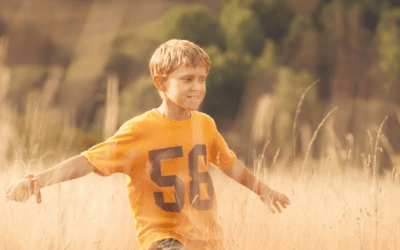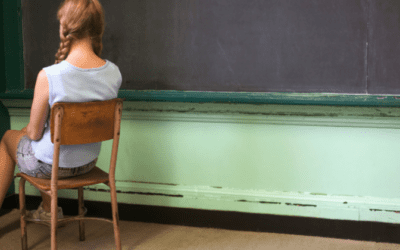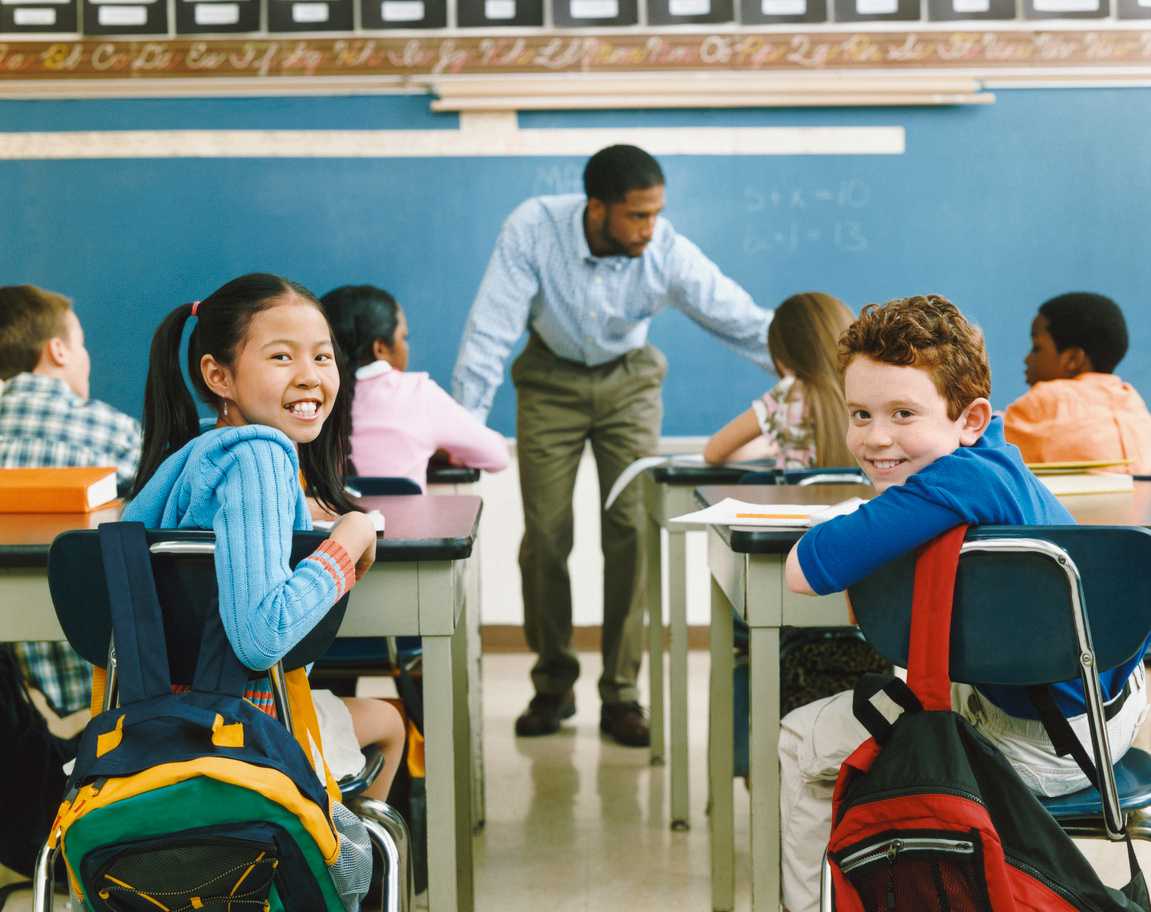In our last behavior conversation we laid out the A-B-C process for changing behaviors. It is a complicated but straight-forward process. However, it is a process that doesn’t really lend itself to a school or home environment. So instead of trying to fit a round peg into a square hole – like trying to turn all of our teachers into functional analysts & behavior specialists – let’s tackle the processes that make sense in the classroom and talk about what they mean, how you should be tracking and understanding them, and ultimately what you should be doing about it.







